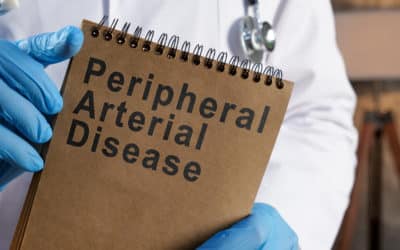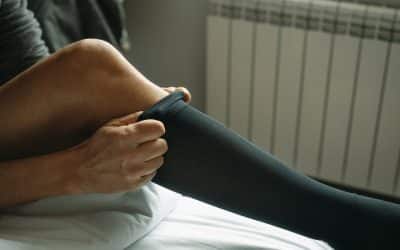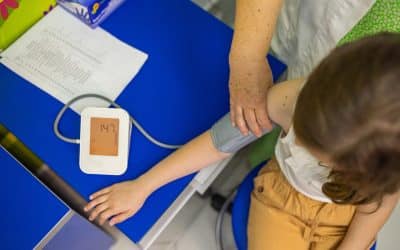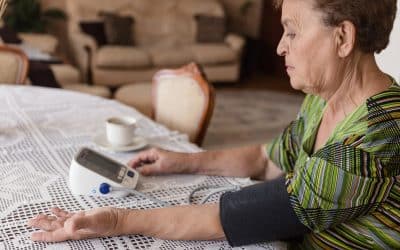Rest pain is a condition that can cause significant discomfort. It's characterized by severe pain in the lower limbs, often worsening at night. This pain is not random. It's closely linked to circulation issues in the body. Peripheral arterial disease, or PAD, is a common culprit. This circulatory...
Peripheral Arterial Disease
Recovery After Atherectomy: What to Expect
Atherectomy is a medical procedure that can be a lifeline for those suffering from vascular disease. It's a minimally invasive surgery designed to remove plaque from blood vessels. This procedure is often used to treat peripheral artery disease (PAD). PAD can cause leg pain and other...
Understanding Atherosclerosis and Thrombosis Differences
Understanding the differences between atherosclerosis and thrombosis can be challenging. Both vascular diseases affect the blood vessels, but they have distinct characteristics. Atherosclerosis involves the buildup of plaque in the arteries. Over time, this can restrict blood flow and lead to...
7 Facts About Arterial Disease: Key Insights on Peripheral Arterial Disease (PAD)
At Coastal Vascular Center, we are committed to not just treating but educating our patients and community during National Peripheral Arterial Disease Awareness Month. Peripheral arterial disease (PAD), also known simply as arterial disease, is a formidable condition affecting millions,...
What Are the Signs of Arterial Disease?
Arterial disease, often called Peripheral Vascular Disease (PVD), involves problems with the blood vessels located outside the heart and brain. These vessels, which include both arteries and veins, are crucial for transporting blood throughout the body. One of the most common types...
Leg Pain, Gangrene, and Claudication: Know the Signs of Peripheral Vascular Disease
Peripheral vascular disease (PVD), also known widely as Peripheral Artery Disease (PAD), is a common yet frequently progressive circulation disorder primarily affecting those over 50 or those with atherosclerosis. This buildup of plaque in the arteries can restrict blood flow severely, leading to...
Compression Therapy: How It Works and Who Can Benefit
Compression therapy is a simple yet profoundly effective treatment for various vascular conditions. Despite its widespread application in the medical field, many patients need to be made aware of how it works, its benefits, and who can gain the most from it. Our goal is to educate about...
Managing Leg Swelling: Comprehensive Insights into Causes, Diagnostics, and Treatment Options
Leg swelling, medically known as peripheral edema, can be an uncomfortable and often alarming symptom. It entails the accumulation of fluid in the tissues, primarily in the lower extremities. This condition not only causes discomfort and pain but can also indicate underlying health issues that...
Understanding and Treating Peripheral Vascular Disease
Peripheral Vascular Disease (PVD) is a circulatory condition where narrowed blood vessels reduce blood flow to the limbs, effectively causing symptoms like leg pain when walking (claudication), numbness, and even tissue damage. There are several treatment options available for one in 20 Americans...
Exercises to Boost Circulation During the Holidays: Fun, Easy, and Effective Ways to Maintain Vascular Health
The holiday season is a time filled with joy, laughter, festive cheer, and often, some overindulgence. While indulging and celebrating these special times with dear ones is great, staying on top of our health is equally important. For those of us with vascular conditions—or for those simply...
The Role of Angioplasty in Restoring Blood Flow in Peripheral Arterial Disease
Peripheral arterial disease (PAD) is a common condition affecting millions worldwide. It is characterized by the narrowing or blockage of arteries outside of the heart, most commonly in the legs. This narrowing or blockage restricts blood flow to the affected areas, leading to symptoms such as leg...
The Link Between Peripheral Arterial Disease and Leg Swelling: Causes, symptoms, and treatment options.
Peripheral Arterial Disease (PAD) is a condition characterized by the narrowing or blockage of arteries that supply blood to the legs and feet. This restricted blood flow can lead to a range of symptoms, including leg swelling. Peripheral arterial disease (PAD) affects millions of people in the...












